Preparing for the future
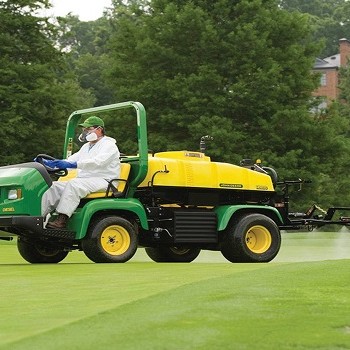
With the implementation of SUD DonalKearney MSc., BSc. outlines aspects of the new legislation that he believes the industry should take note of
20 July 2015
Ireland’s National Action Plan on the Sustainable use of Pesticides aims to reduce the risk of using pesticides on users and the environment.
The National Action Plan has 4 broad aims.
1. Training, education and sharing of knowledge
2.Controls of application equipment
3.Controls on storage, supply and use
4. Integrated pest management
Professional users should note the following:
1. It is a statutory requirement for professional users to have a minimum level of competence training such as the FETAC Level 5 Pesticide Handling and Application (Hand Held and Boom Sprayer).
2.Additional training will be required in the form of technical bulletins, seminar attendance to keep up-to-date with current legislation.
3. A register of suitably qualified professional users will be established and maintained.
4.. Testing and register of Application equipment boom sprayers 3m or greater in size
5.. The storage requirements of plant protection products has been regulated for professional users since 2006 but many people still are unaware of this.
6.. The use of pesticides must be justified and alternative measures (such as biological control) should be considered first. Record keeping is an essential requirement for professional users of all approaches that have been taken with an integrated approach.
7. Restricted use in Sensitive areas.
The legislation provides for restricted use of plant protection products in designated areas. These areas include:
1. Water abstraction sources
2. Ground water vulnerable landscape features
3. Areas used by the general public or vulnerable groups
4. Areas designated as “Protected Areas” under the water framework directive
5. Areas designated as “Special Protection Areas” under the wild birds directive
6. Areas designated as “Special Areas of Conservation” under the habitats directive
Legislation stipulates “safeguard zones” for areas 1 and 2, i.e. exclusion areas where no PPPs can be applied. Furthermore, legislation states that PPPs can only be used in areas 3 to 6 above, under strictly controlled conditions and only where deemed absolutely necessary. Users shall, wherever possible use low risk or biological PPPs. Where this is not practicable, due to health and safety issues or economic reasons, users may consider other methods of control.
In such cases priority should be given to plant protection products that are not classified as R50 (Very toxic to aquatic organisms) in accordance with Directive 1999/45/EC (being replaced by Regulation (EC) No 1272/2008) or plant protection products containing active substances identified as being “priority hazardous substances” in accordance with Directive 2000/60/EC.
Remember ignorance of the law is not excusable.
(ref. National Action Plan Sustainable use of Pesticides 2013)



 Print
Print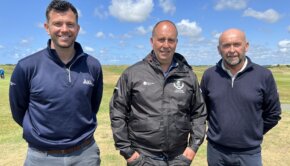
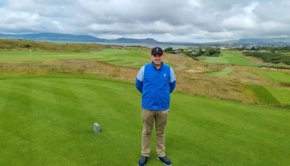
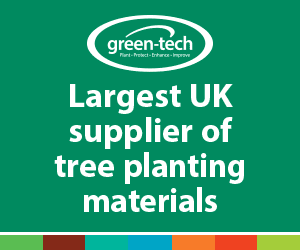


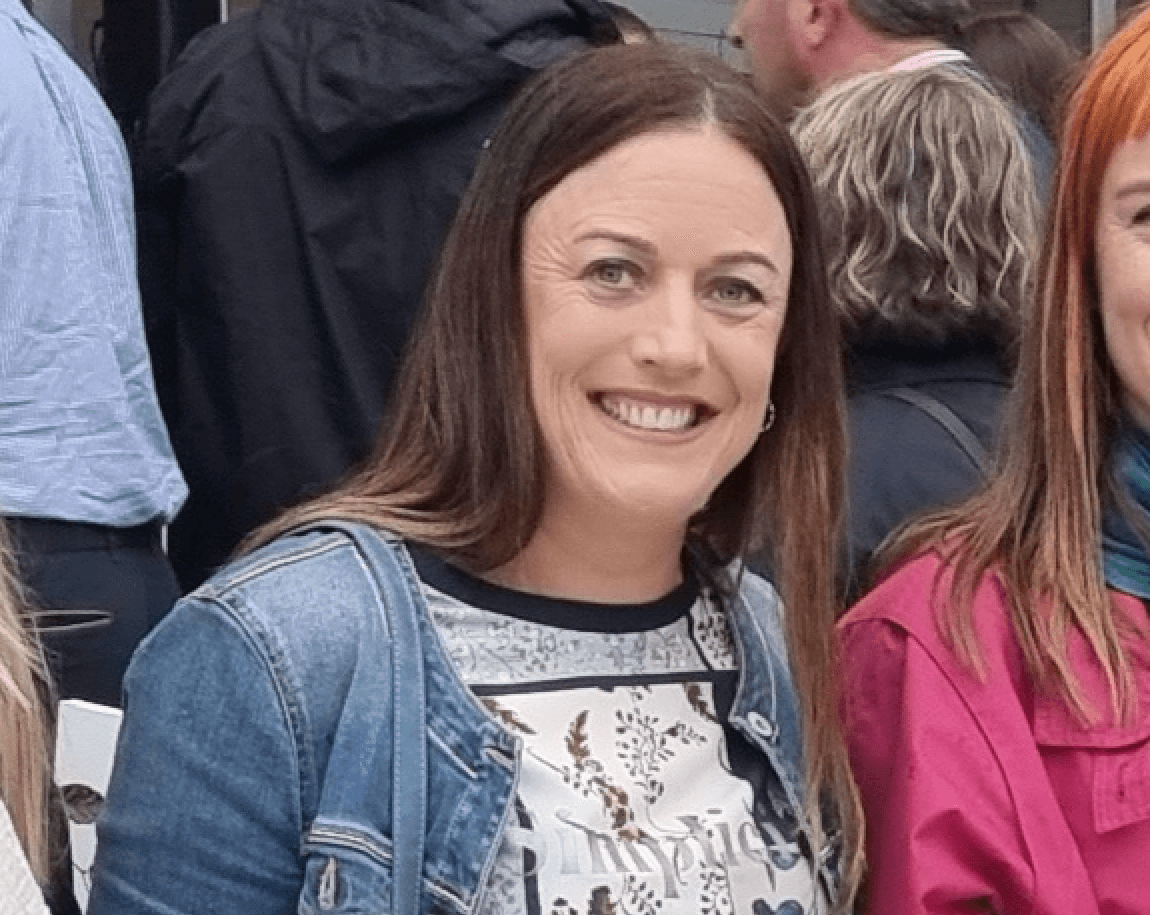




Fans 0
Followers